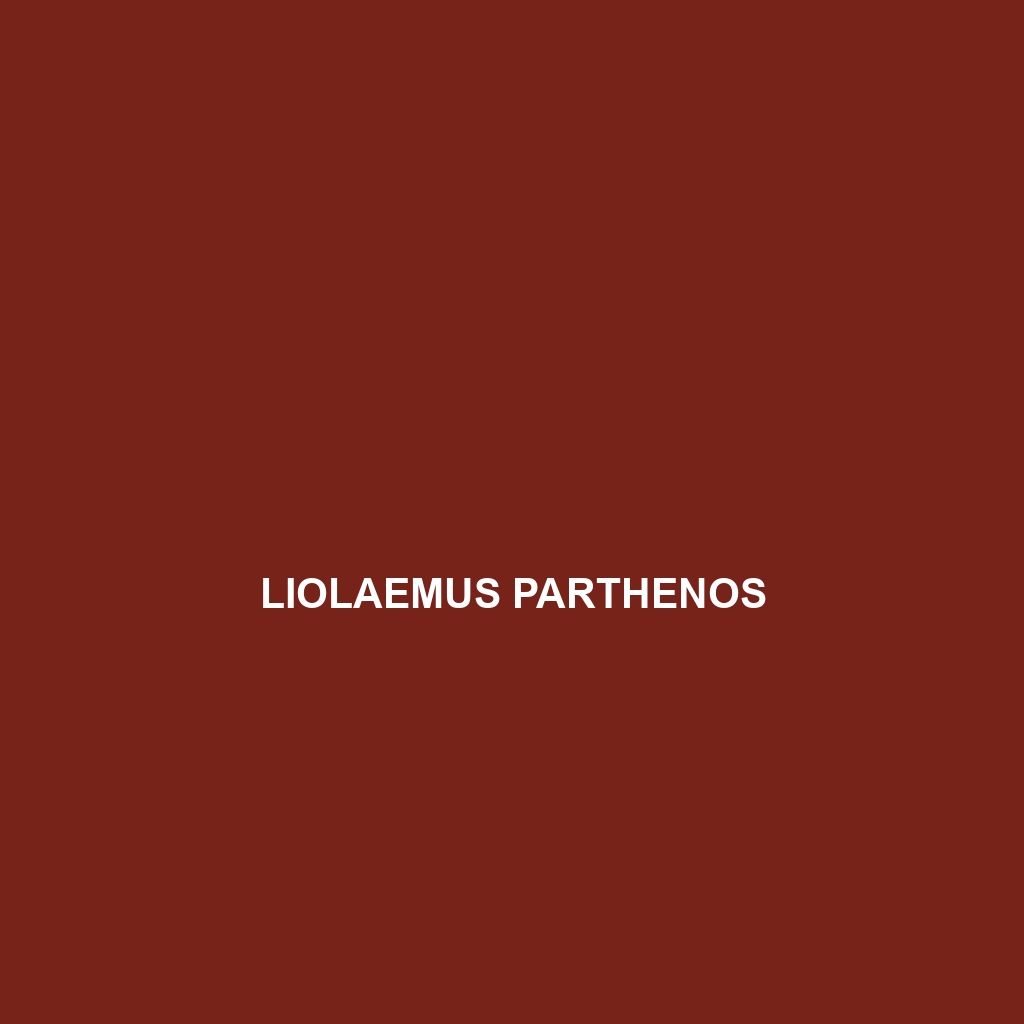<p><b>Liolaemus parthenos</b>, commonly known as parthenos, is an agile, diurnal lizard found in the temperate forests and montane regions of South America, particularly Argentina and Chile. With a slender body, earthy-toned coloration, and a diet primarily consisting of insects, this species plays a vital role in its ecosystem while exhibiting fascinating behavioral traits and reproductive cycles.</p>
Tag: insectivorous lizards
Liolaemus pachacutec
Discover the Liolaemus pachacutec, a distinctive insectivorous lizard native to the high Andean regions of Peru and Bolivia, characterized by its slender body, varying shades of brown and green, and remarkable camouflage skills that help it thrive in temperate forests with rocky outcrops. This vulnerable species plays a crucial role in its ecosystem, controlling insect populations and contributing to biodiversity.
Liolaemus orko
<b>Liolaemus orko</b> is a striking lizard native to the temperate forests and grasslands of southern South America, featuring vibrant earthy tones and an agile physique, measuring 15-20 cm in length. Primarily insectivorous, this resilient species is known for its unique mating displays, diurnal habits, and crucial role in maintaining local ecosystems.
Liolaemus omorfi
Discover the stunning Liolaemus omorfi, a robust lizard native to the temperate forests and mountains of South America, featuring a distinctive mix of olive green and brown coloration with unique dorsal patterns. This insectivorous species thrives at altitudes of 1,500 to 3,000 meters, playing a crucial role in its ecosystem by regulating insect populations while adapting to cooler climates.
Liolaemus neuquensis
<p><b>Liolaemus neuquensis</b>, found in the temperate forests and savannas of Neuquén, Argentina, is a diurnal lizard measuring 10 to 15 cm, known for its distinctive dorsal scales and mottled coloration. This insectivorous species exhibits fascinating social behaviors and plays a crucial role in its ecosystem by controlling insect populations and serving as prey for larger animals.</p>
Liolaemus multiformis
<p><b>Liolaemus multiformis</b> is a striking lizard species native to the temperate forests and savannas of South America, particularly in the Andes. Ranging from 10 to 20 cm, these diurnal reptiles exhibit vibrant colors and intricate patterns while playing a crucial role in their ecosystems by controlling insect populations and serving as prey for larger animals.</p>
Liolaemus multicolor
Discover the vibrant Liolaemus multicolor, a striking lizard native to the mountainous regions of Chile and Argentina, showcasing a mix of greens, blues, and yellows. With a diet primarily consisting of insects and a notable adaptability to various habitats, this species plays a crucial role in its ecosystem as both predator and prey.
Liolaemus morenoi
<p><b>Liolaemus morenoi</b> is a striking lizard native to the temperate forests and mountainous regions of northern Argentina, known for its slender body measuring 10 to 15 centimeters and vibrant coloration, especially in males during breeding season. Primarily insectivorous, it plays a crucial role in the ecosystem by controlling insect populations while adapting its behavior and coloration to enhance camouflage and predator evasion.</p>
Liolaemus montanezi
Liolaemus montanezi, commonly found in the Andes, is a diurnal lizard known for its adaptability to diverse habitats, ranging from temperate forests to alpine environments. With a diet primarily consisting of insects, this vibrant species showcases distinct coloration and unique physiological traits that enable it to thrive at high altitudes while playing a crucial role in its ecosystem.
Liolaemus maldonadae
Introducing the Liolaemus maldonadae, or Maldonado's lizard, a distinctive insect-eating lizard native to the temperate forests and shrublands of southern South America. This adaptable species features vibrant coloration, can grow up to 30 cm, and plays a vital role in its ecosystem by regulating insect populations and contributing to the food web.









